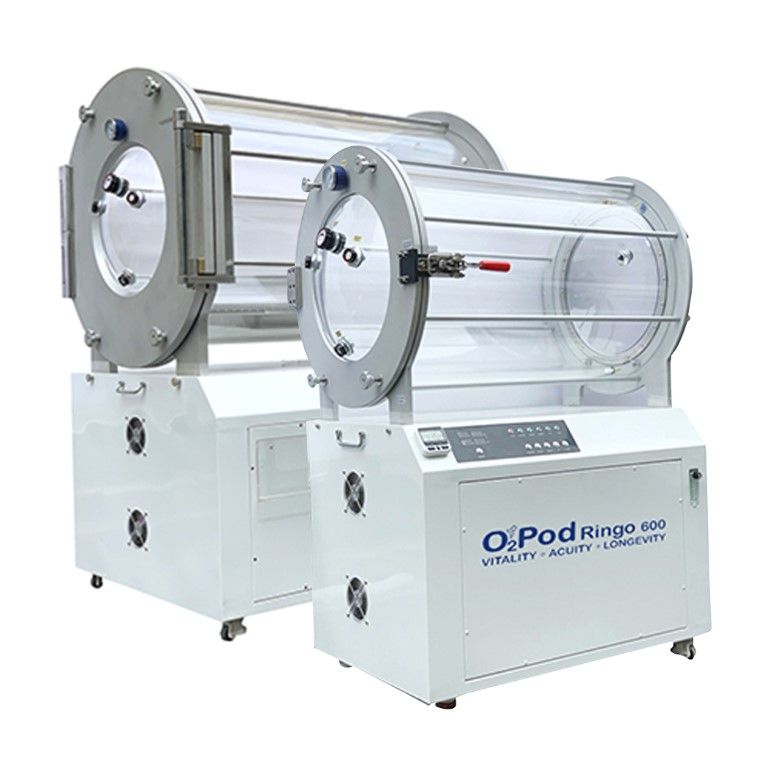© 2021 | O2Pod LLC. All Rights Reserved
Veterinary HBOT
HBOT FOR ANIMALS
HBOT for animals has been used in a clinical setting since the late 1990’s, with thousands of case studies demonstrating efficacy for many conditions. Much of the HBOT research conducted for human purposes has been conducted on animal models (rats, rabbits, mice, dogs, pigs, dolphins etc.). However, animal rights issues (rightly so) prevent conducting controlled, double blind studies on “test” subjects.

Conditions that benefit from Veterinary HBOT include
- Arthritis
- Brain trauma hemorrhage: intracerebral hemorrhage, brain abscess
- Carbon monoxide toxicity
- Dermatitis
- Healing after skin and flap transplantation
- Intervertebral disc disease
- Necrotizing soft tissue infection
- Nerve compression disease: facial nerve palsy, spinal cord injury, nerve rupture
- Osteomyelitis: fracture healing
- Pancreatitis
- Post-operative healing
- Preventive health care
- Smoke Inhalation
- Stroke: cerebrovascular obstruction, cerebral hemorrhage
- Sudden deafness
- Swelling: crush injuries, bites, burns
- Tendon or ligament rupture
- Trauma: internal, head, spinal cord
- Wound healing: Burns, scalds, bedsores, vascular lesions, external wounds needing blood supply
Safety Considerations
Animals with the following conditions should not use HBOT:
Claustrophobia Emphysema Pneumothorax Pregnancy Respiratory infection Uncontrolled tumor
The University of Florida Small Animal Hospital, a leader in veterinary hyperbaric oxygen therapy, offers HBOT to as many clients as possible. “If it helps an animal leave faster (post-surgery), it’s actually a net saving to the owner and decreases the workload on our staff”.
Treatment Regimen
- Pets lie on a soft blanket and rest or sleep while the oxygen goes to work on wounds, swelling, burns, injuries, or illnesses.
- Most animals are calm and relaxed during therapy, many even fall asleep!
- Sessions last 1 to 2 hours, 1 to 3 times daily, with at least 4 hours between sessions.
- The total number of treatments necessary varies according to the type of treatment and the patient’s response. Treatments can be discontinued as the pet regains strength and function of the affected issue.

